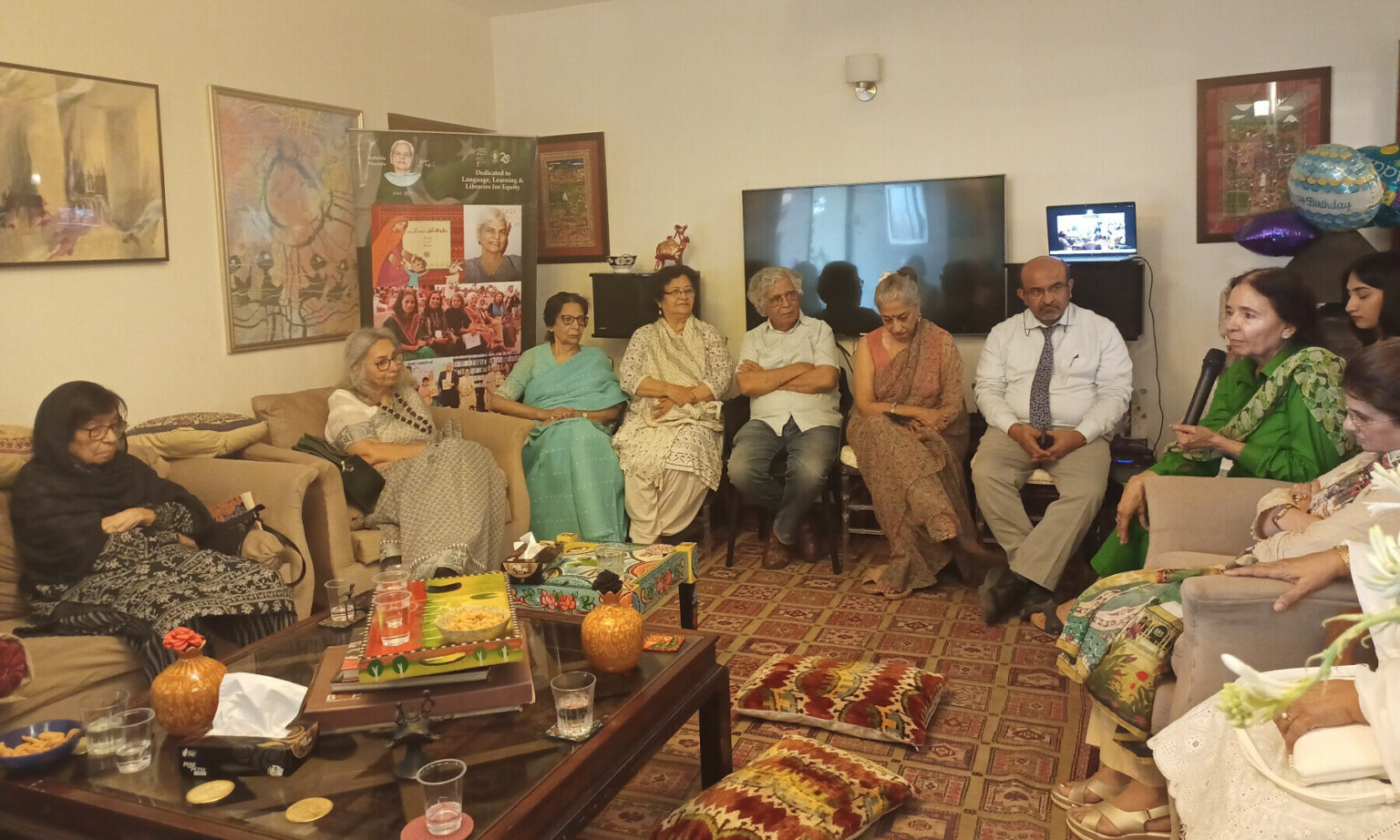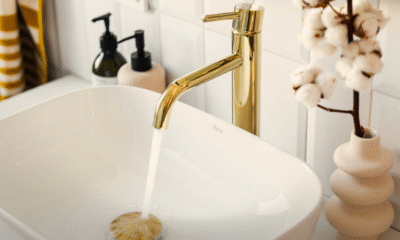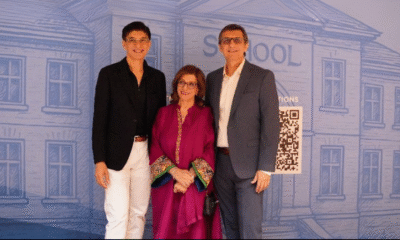Uncategorized
Remembering Zubeida Mustafa

Zubeida Mustafa, who passed away recently, was much more than a distinguished editor at Dawn. She was a pioneer, a mentor, and a beacon of inspiration whose guidance shaped generations of professionals in journalism and beyond.
Those who worked with her often spoke of her rare ability to bring out the best in others. She had a gift for mentoring, encouraging her colleagues to discover their potential and pursue meaningful work. Many who came under her influence went on to lead impactful lives, a testament to her nurturing presence.
Her legacy was celebrated at a gathering organized by Idara-i-Taleem-o-Agahi (ITA) and Pakistan learning Festival, where friends, colleagues and mentees paid rich tributes. ITA CEO Baela Raza Jamil remarked that “Zubeida Mustafa may have left, but not before showing the way to so many.”
Many renowned people who had gathered in remembrance of this brilliant person, spoke on the different aspects of her life and how she had impacted theirs.
Her journey was not without challenges. Born with a condition that required her to wear special shoes, and later struggling with hearing and eyesight difficulties, she nonetheless carried herself with unwavering determination. Her resilience was matched only by her work ethics. At Dawn, she wore many hats: writing daily editorials, producing weekly columns, managing the paper’s vast reference library, and editing its celebrated literary supplement, Books & Authors.
Her appointment as assistant editor marked a historic milestone — she was the first woman to hold such a senior position at Dawn. At a time when female representation in newsrooms was scarce, she carved a path that many others would follow. She often credited her editor, Ahmad Ali Khan, for supporting her professional journey, particularly when she balanced her career with raising children. His understanding approach enabled her to remain in the newsroom while tending to her family, a flexibility that allowed her to thrive in both roles.
Over the years, as more women entered journalism, many looked to Zubeida Mustafa as a guiding light. She generously mentored colleagues, offering advice and encouragement until her very last years.
After leaving Dawn in 2009 due to declining eyesight, she continued to make her voice heard through her writings. Her columns tackled critical issues such as health, education, human rights, and environmental challenges. The books she authored, along with the archive of her articles preserved at www.zubeida-mustafa.com, continue to serve as a resource and a reflection of her sharp intellect and compassionate outlook.
Her funeral brought together former mentees and colleagues, who gathered not in mourning alone but in gratitude for the values she embodied: integrity, perseverance, and the joy of meaningful work. Her influence endures in the countless lives she touched.
Centre of Excellence in Journalism (CEJ) also held a remembrance meeting with former colleagues and friends speaking at the gathering. Zubeida Mustafa’s sister, Dr. Fatima Jawwad talked about her earlier life on the occasion.














